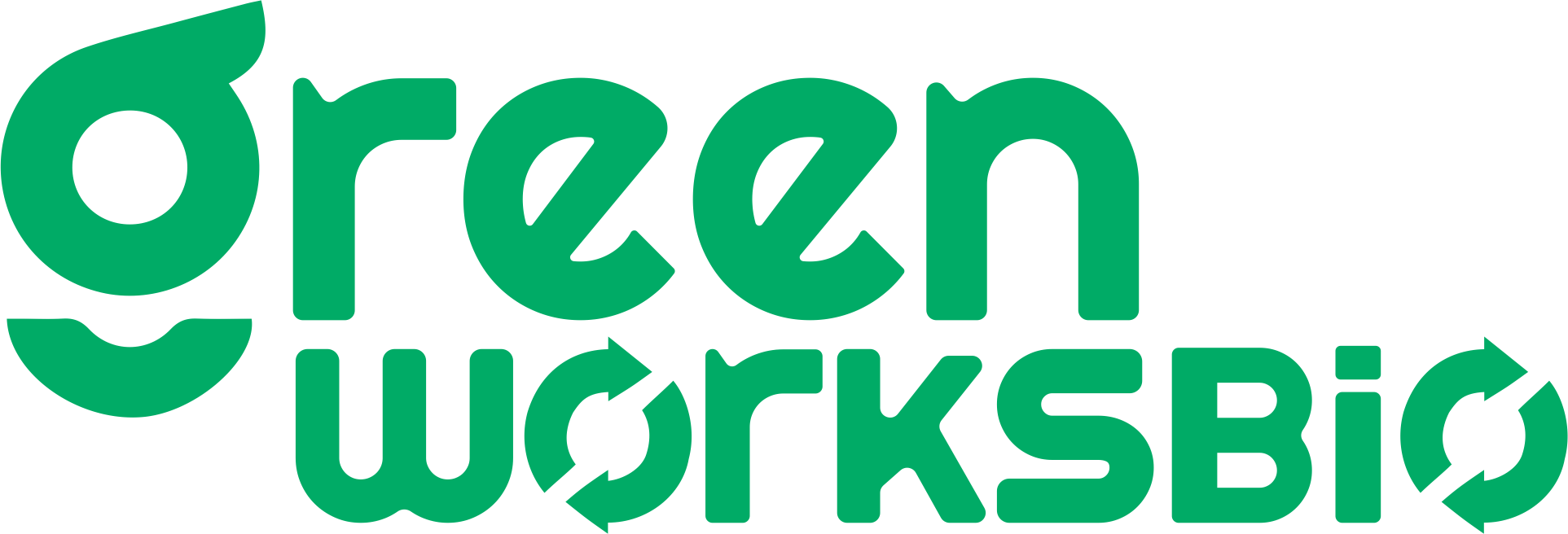| TL;DR
Packaging made from plants like corn or seaweed that breaks down naturally. Mushroom and algae-based materials that are biodegradable and strong. Paper and fabric alternatives to plastic wrap and gift wrap. Compostable mailers and bags that are water-resistant and eco-friendly. Minimalist packaging that uses less material and ink. Biodegradable containers are made from sugarcane or natural fibers.Eco-friendly printing that reduces harmful chemical emissions.j |
|---|
Many assume the challenge of food packaging lies in post-consumer waste. However, the real issue begins much earlier, with the extraction of raw materials, the impact of ocean plastic pollution, carbon-intensive manufacturing, and the widespread use of single-use plastics that persist in our environment for decades, and this is exactly what we are talking about.
Despite growing awareness, most food packaging still ends up in landfills or as litter, contributing to both plastic pollution and food waste(note: only about 9 % of plastic is recycled, while roughly 1 billion tonnes of food—about one‑third of what’s produced globally—is wasted annually). Recycling isn’t a silver bullet either—contamination and poor infrastructure mean much of it never gets reused.
So the real question isn’t just how to reduce packaging waste but:
What sustainable packaging solutions are truly viable for both brands and the planet?
In this blog, we explore 13 creative and practical eco-friendly packaging ideas, from compostable and biodegradable materials to recyclable and reusable designs. These innovations not only help reduce environmental impact but also empower businesses to lead with purpose and meet the expectations of today’s conscious consumers.
What Are 13 Eco Packaging Ideas That Are As Smart As They Are Sustainable?
Sustainable packaging is revolutionizing how we perceive everyday sustainable food packaging products. By incorporating sustainable packaging ideas, eco-friendly materials, and innovative designs, intelligent packaging businesses are replacing harmful options with earth-friendly solutions such as edible wrappers and biodegradable bubble wrap. They are also contributing to the prevention of food poisoning by promoting sustainable products.
These practices reduce plastic waste and encourage a circular economy, prompting consumers to reconsider their packaging choices. Here are 14 ideas.
1. Compostable Courier Bags
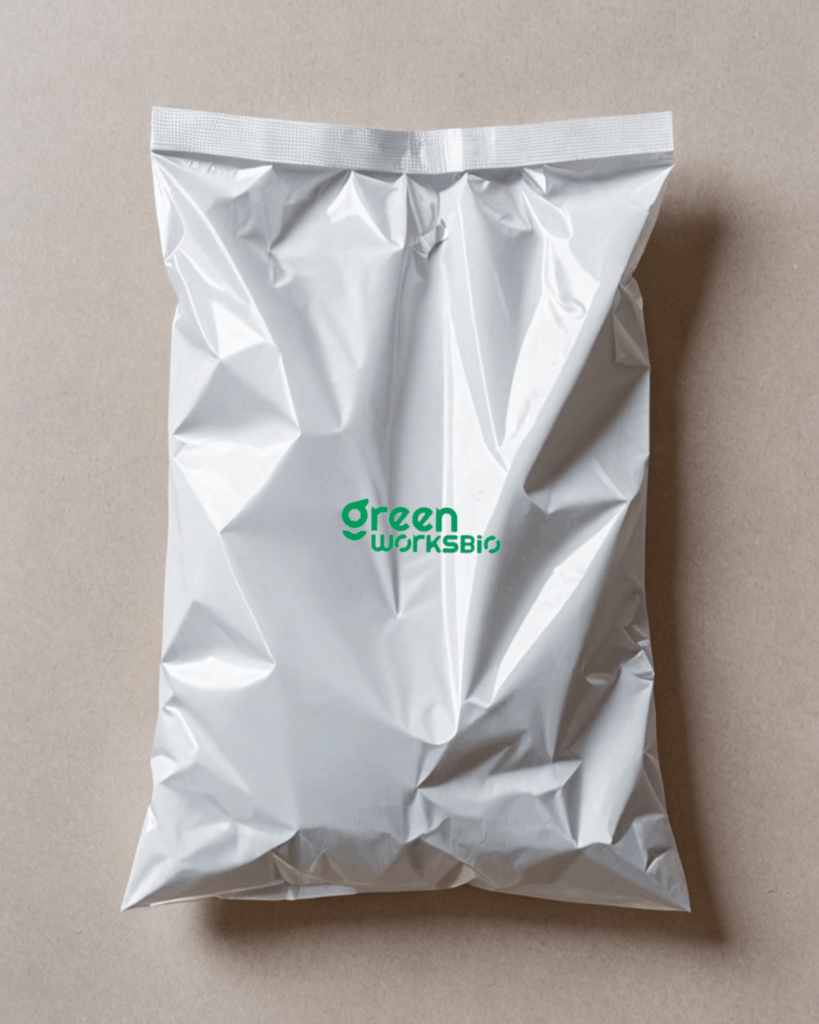
Compostable courier bags are an innovative, sustainable alternative to traditional poly mailers, crafted from materials such as PLA (polylactic acid) and PBAT (polybutylene adipate terephthalate). These materials allow the bags to break down entirely in industrial composting environments, leaving no harmful residues behind.
Compostable courier bags are perfect for eco-conscious e-commerce brands, offering a sustainable shipping solution that maintains durability while significantly reducing environmental impact and plastic waste in packaging operations.
Strong, water-resistant, and designed for modern shipping needs, compostable courier bags offer the performance of plastic without the environmental cost. For e-commerce brands seeking to minimize their environmental impact, these mailers make a bold statement in favor of sustainability while meeting customer demand for eco-friendly packaging solutions.
2. Compostable Transparent Bags
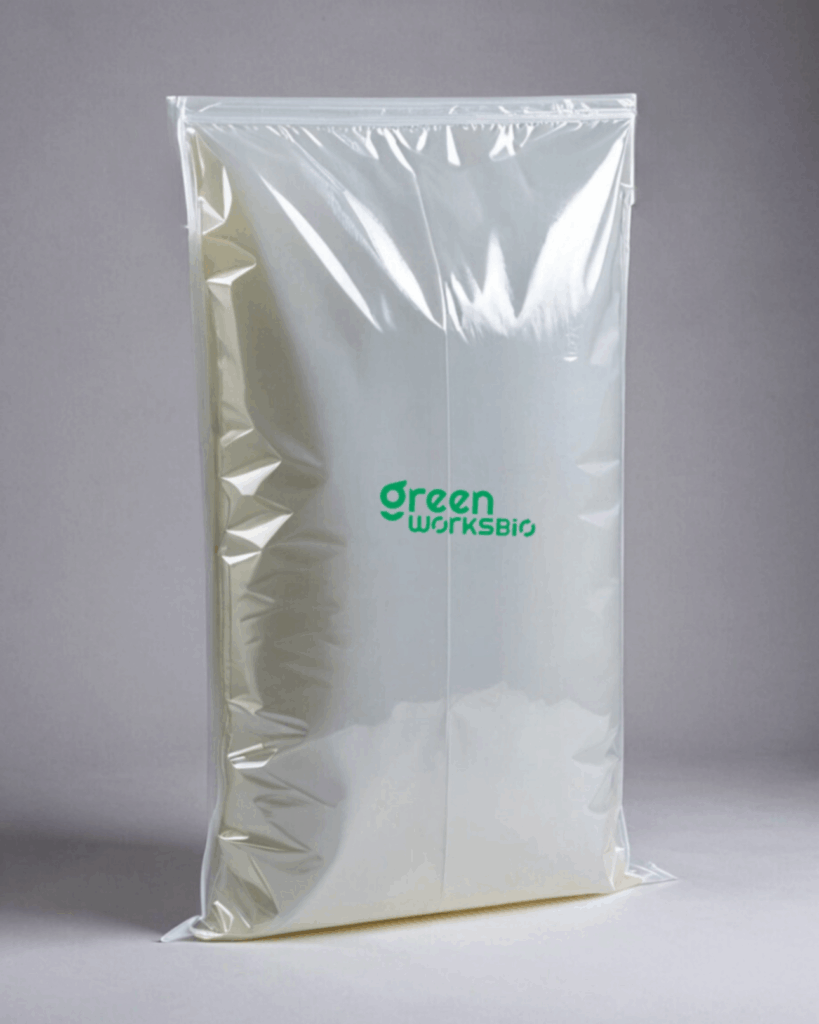
Compostable Courier Bag by Greenworksbio – Explore this certified compostable courier bag made from PLA and PBAT, an eco-friendly alternative designed for modern logistics and sustainable e-commerce. Durable, reliable, and planet-friendly, it’s the perfect choice for businesses looking to reduce their carbon footprint without compromising performance.
Make the switch to sustainable shipping—shop now and take a step toward a greener future!
3. Edible Packaging for Food and Snacks
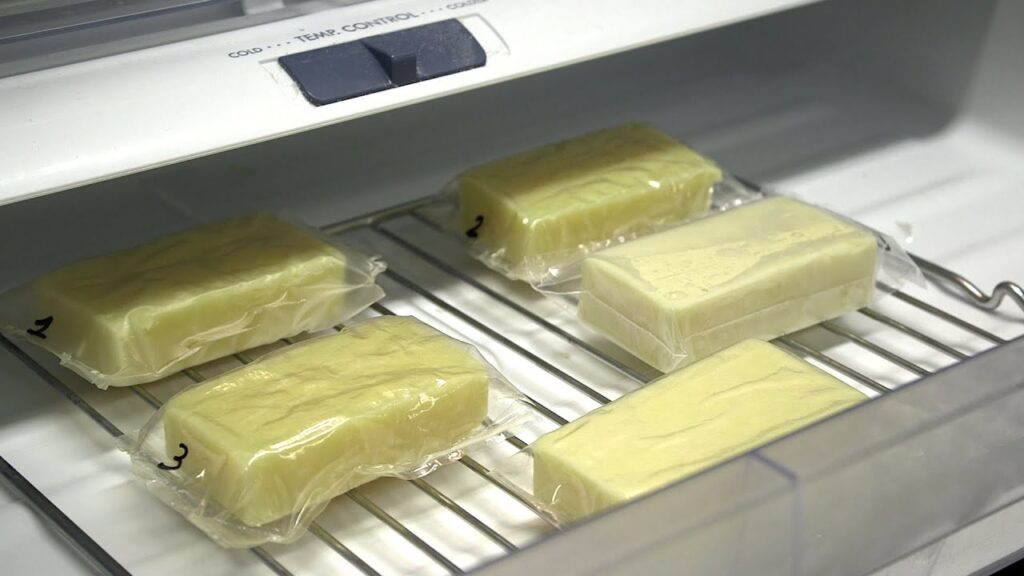
Imagine a world where packaging is not just discarded but devoured! Edible packaging, made from materials like seaweed and root vegetables, eliminates waste and is safe to consume after your meal. Innovators like Loliware Cups, TAMGA Designs, and Cupffee are leading the charge with their delicious, biodegradable cups that can even be planted in shallow soil after use.
For businesses, this sustainable solution showcases creativity while reducing environmental impact. Edible packaging not only transforms the supply chain but also enhances the consumer experience by promoting eco-conscious choices.
4. Mushroom-Based Packaging Materials
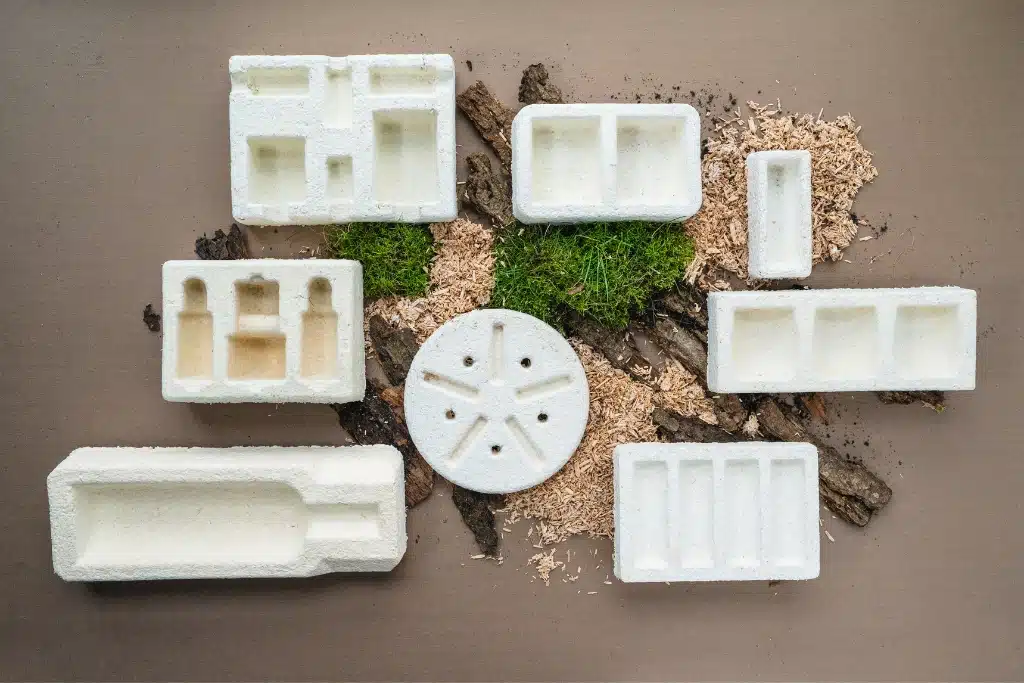
Mushroom-based materials derived from mycelium—the root of mushrooms—are revolutionizing sustainable packaging. These innovative materials provide effective cushioning for delicate items, such as electronics, while breaking down naturally and posing no harm to the planet.
To create these eco-friendly options, mycelium is cultivated in moulds using agricultural waste, such as corn husks. Companies such as Dell are leading the charge by replacing harmful plastics, demonstrating that performance and sustainability can coexist for a healthier future.
5. Biodegradable Bubble Wrap Alternatives
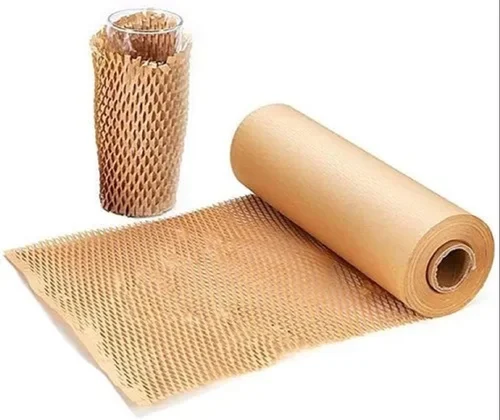
Bubble wrap is a staple in packaging, but its environmental impact is concerning. Fortunately, biodegradable alternatives are revolutionizing the industry. Made from plant-based materials such as compostable cornstarch or recycled kraft paper, these eco-friendly options protect products during transit without contributing to long-term waste.
By adopting biodegradable bubble wrap, businesses enhance their sustainability efforts and appeal to eco-conscious consumers. This shift not only strengthens their green image but also alleviates pressure on global recycling systems.
6. Recycled Paper and Cardboard Solutions
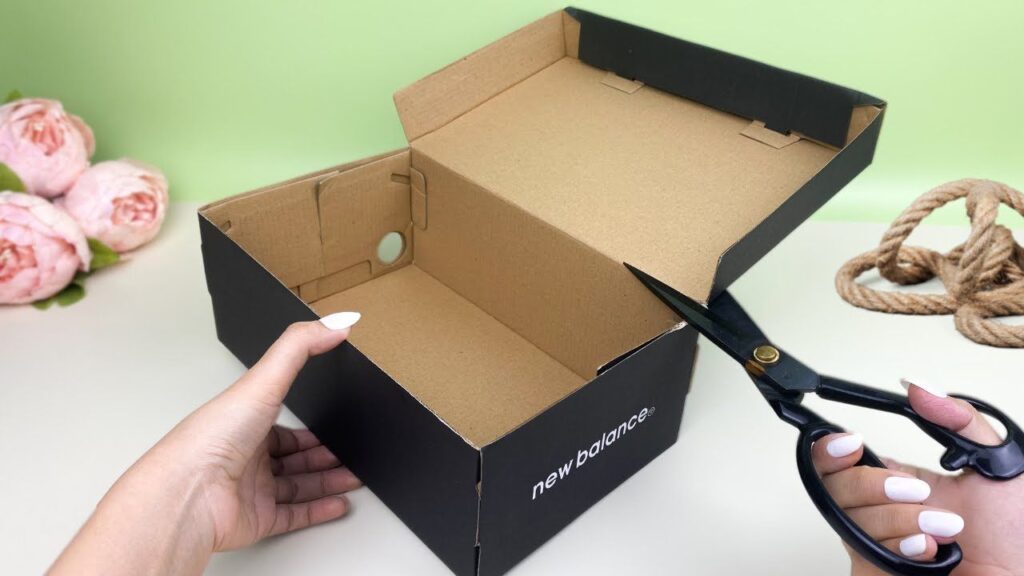
Recycled paper and kraft cardboard are excellent choices for eco-friendly packaging, including recyclable packaging options. By utilizing these materials, businesses can show their commitment to sustainability while reducing the demand for new resources. Kraft paper is both durable and biodegradable, making it an ideal material for various industries, including food and e-commerce.
Recycled cardboard provides robust protection for products while minimizing environmental impact. Embracing these renewable resources not only saves money but also contributes to a healthier planet for future generations.
7. Upcycled Fabric Gift Wraps (Furoshiki)
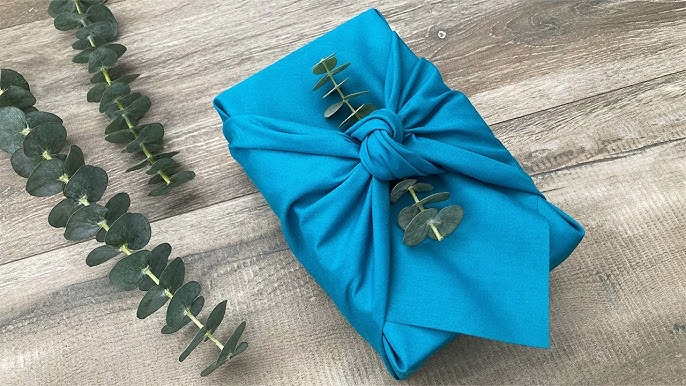
Transforming old fabric into beautiful cloth gift wraps is a great way to reduce waste while celebrating special occasions. Embracing the Japanese art of Furoshiki not only adds a personal touch to your gifts but also aligns with a zero-waste lifestyle.
By choosing upcycled cloth, you breathe new life into discarded materials and support a circular economy. This eco-friendly choice not only lowers your carbon footprint but also demonstrates your care for the planet.
8. Bagasse (Sugarcane Pulp) Containers
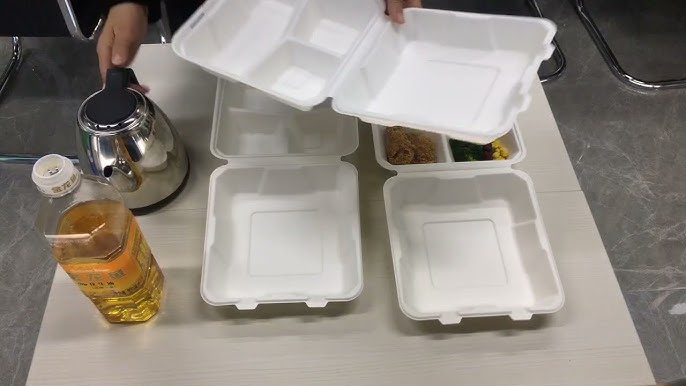
Bagasse containers exemplify sustainable packaging, crafted from the leftover fiber of sugarcane. Their production not only reduces plastic usage but also minimizes plastic waste, aligning perfectly with eco-friendly practices and the circular economy.
These naturally biodegradable containers are sturdy and versatile, making them ideal for food packaging. As consumers increasingly seek eco-conscious materials, bagasse emerges as a leading solution that benefits both the environment and businesses alike.
9. Algae-Based Bioplastics
Algae-based bioplastics, such as bioplastic skin, offer an innovative alternative for meat packaging, resembling bioplastics made from animal skin. Derived from algae, they help reduce plastic waste and lower carbon emissions. Sourced from renewable algae, these bioplastics naturally decompose and can be integrated into a circular economy, making them an eco-friendly alternative to traditional plastic packaging.
By opting for algae-based packaging, businesses can significantly lower their environmental impact while appealing to eco-conscious consumers. This sustainable choice not only supports the planet but also fosters a community dedicated to greener living.
10. Water-Based Ink Printing on Packages
Using water-based ink for packaging is a vital step in promoting sustainability. This eco-friendly choice reduces the environmental impact of traditional printing methods by lowering volatile organic compound (VOC) emissions, resulting in cleaner air and a safer planet.
By using recyclable materials and water-based printing, brands enhance packaging aesthetics while committing to eco-friendly practices that utilize fewer materials. This reduces plastic use and promotes plant-based packaging, including plantable product packaging, appealing to consumers who value style and environmental responsibility, a great example of sustainable innovation.
11. Bamboo and Palm Leaf Packaging
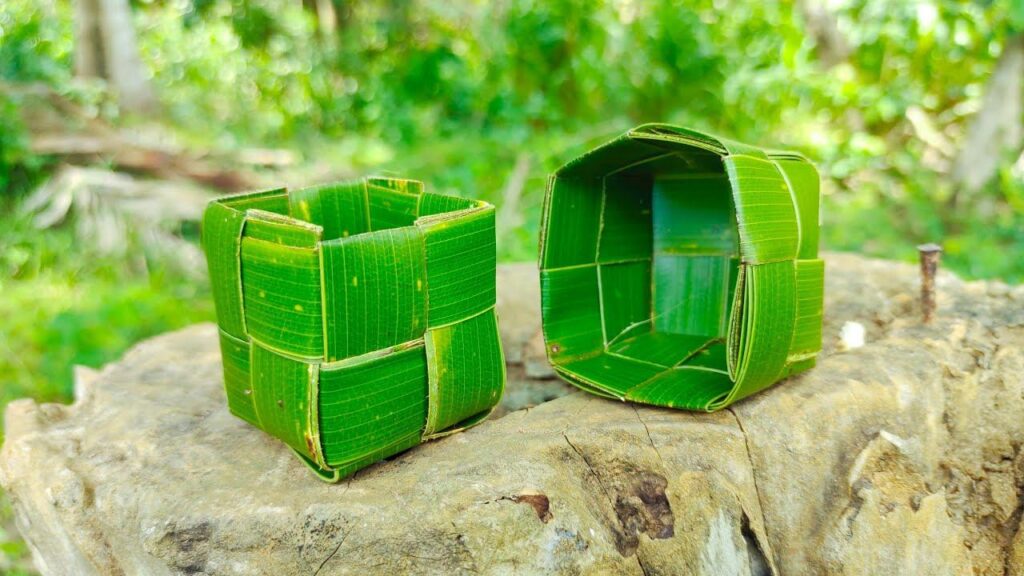
Bamboo and palm leaf packaging present an innovative solution for eco-conscious consumers. These sturdy materials serve as an excellent alternative to plastic, significantly reducing waste and promoting a zero-waste- lifestyle alongside carbon emissions. Their renewable origins align perfectly with the principles of a circular economy, much like Pangea Organics’ commitment to sustainable packaging.
Additionally, these lightweight packaging options simplify product transportation while minimizing energy consumption. By choosing bamboo and palm leaf, you not only promote sustainability but also enhance your brand’s appeal to environmentally aware customers.
Always look for clear, verifiable certifications—like the CPCB-approved compostable logo in India or EN 13432 in the EU—to ensure the packaging truly meets compostability standards and isn’t just greenwashing.
12. Compostable Mailer Bags
Compostable mailer bags offer a fresh, sustainable alternative to traditional plastic bags. Made from plant-based materials, these bags naturally break down over time, reducing plastic waste and promoting a zero-waste, circular economy. They’re an excellent choice for online retailers looking to align with eco-friendly practices.
Not only do compostable mailers protect products during transit, but they also reflect a business’s commitment to sustainability. Shoppers are increasingly seeking brands that prioritize the planet, making biodegradable options essential.
13. Transparent Cellulose Film Wraps
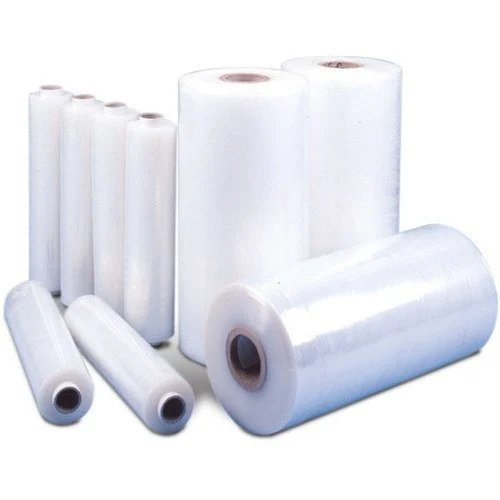
Using see-through cellulose film wraps is an excellent sustainable packaging choice, enabling businesses to reduce their environmental footprint. Made from renewable resources, these wraps not only diminish plastic usage but also enhance the visual appeal of food items.
One of their standout features is biodegradability, ensuring they break down without contributing to plastic waste. Perfect for food packaging or gift wrapping, transparent cellulose film wraps embody the essence of a circular economy while aligning with eco-friendly values.
Why Choose Greenworksbio for Sustainable Packaging?
Choose a cleaner future with Greenworksbio, a trusted leader in certified compostable solutions that meet global environmental standards. From compostable bags to eco-friendly bottles, Greenworksbio empowers businesses to stay compliant, reduce their carbon footprint, and embrace truly sustainable packaging without compromising on quality or performance.
Get in touch with us at info@greenworksbio.com to learn more or request a custom solution.
Conclusion
Switching to eco-friendly packaging demonstrates a commitment to the circular economy and environmental care. Using reusable or compostable materials reduces carbon footprints and minimizes the ecological impact. Sustainable practices not only enhance brand perception but also contribute to a healthier planet. In the future, opting for packaging that reduces plastic waste will foster a more sustainable world. Let’s make wise choices for our planet together.
Frequently Asked Questions
1. What are the benefits of switching to eco-friendly packaging in India?
Switching to eco-friendly packaging in India reduces environmental impact, supports sustainability, and enhances brand image. It fosters customer loyalty, ensures compliance with regulations, and encourages innovation in material use. Ultimately, this shift contributes to a circular economy by minimizing waste and promoting renewable resources.
2. What are the most eco-friendly packaging options for small businesses?
Small businesses can opt for eco-friendly packaging for zero waste, such as simple designs, refillable containers, and compostable mailer bags. Upcycled materials and bamboo packaging are also environmentally friendly choices. These options enhance a brand’s appeal to eco-conscious customers and reduce environmental impact, making them popular among consumers.
3. How can companies source sustainable packaging materials locally?
Companies can achieve sustainable packaging by partnering with local suppliers and farms for organic materials. Collaborating with environmentally conscious businesses also helps reduce carbon footprints, supports the local economy, and strengthens community sustainability efforts. This approach promotes packaging that benefits both people and the planet.
4. Is eco-friendly packaging more expensive than traditional packaging?
Eco-friendly packaging often costs more than conventional options due to the need for sustainable materials and special processes. However, it can lead to long-term savings by reducing waste and fostering customer loyalty. For many businesses, it proves to be a worthwhile investment.

